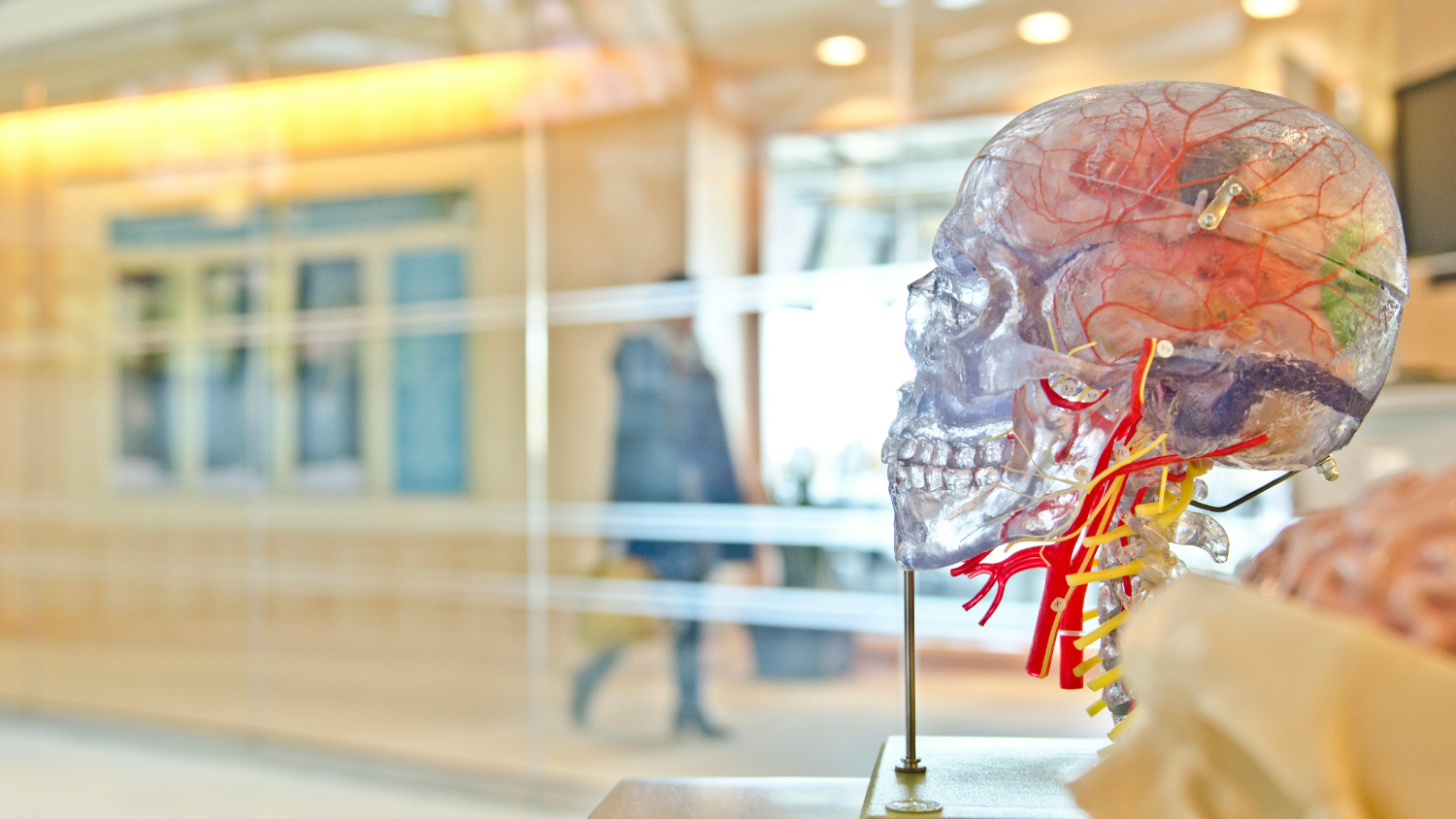Articles
2025
.png?width=50)
Soft polymer nerve cuff tested by Imperial and EPFL, using Advent PTFE-insulated silver wires
Using Advent's 125 μm diameter PTFE insulated silver wire, a collaborative team from Imperial College London and EPFL has developed a new soft nerve cuff that could change how clinicians restore movement and sensation after nerve injury.
.png?width=50)
Case study: Platinum electrodes for cardiac tissue pacing in engineered human heart models
Cardiotoxicity remains a key challenge in cancer treatment, particularly for anthracycline therapies such as doxorubicin. Seeking better ways to study these side-effects, a Dutch research consortium has developed engineered human heart tissues that allow contractile strength to be measured at high resolution under controlled conditions.
.png?width=50)
Stainless Steel Electrodes from Advent in Hippocampal Plasticity and Schizophrenia Research
Stainless steel stimulating electrodes from Advent Research Materials were used to probe hippocampal synaptic plasticity and network dynamics in a sub‑chronic PCP rat model of NMDA receptor hypofunction, linking in vivo CA3–CA1 LTP deficits and theta–gamma coupling changes to cognitive impairment and partial rescue by exercise.
.png?width=50)
Retina Explant Models on Nanotube Scaffolds: Enabling Vision Science with High-Purity Biomaterials from Advent
Leading German research teams fabricated titania nanotube biomaterial scaffolds to support living retina tissue in long-term ex vivo experiments. This pioneering technique advances eye disease modelling, drug testing, and neurobiology—showcasing the essential role of precision metals in modern vision science.

Metabolic Monitoring in Cartilage Models: How New Biosensor Work Could Support Future OA Research
A new study published in Sensors and Actuators demonstrates a major step forward in osteoarthritis (OA) research. Scientists from Imperial College London, TU Wien, and the Medical University of Vienna have developed a cartilage-on-a-chip system that can track metabolic changes in real time using integrated glucose and lactate biosensors.
.png?width=50)
Real-Time Tribocorrosion Testing at TU Wien: A Case Study Using Advent Platinum Wire
Researchers at the Vienna University of Technology (TU Wien) have developed a new way to study tribocorrosion in real time. Their method, reported in the Journal of The Electrochemical Society (2025), shows how metal surfaces behave the moment they are scratched and how their protective layers rebuild. Advent Research Materials supplied the high-purity platinum wire used as the counter electrode in the tests, forming part of a controlled and reliable electrochemical setup.
.png?width=50)
Platinum–Iridium Microelectrodes from Advent Drive Progress in Neurochemical Sensing
Researchers at Maynooth University have developed advanced choline biosensors using platinum–iridium wire supplied by Advent Research Materials. The sensors enable real-time monitoring of neurotransmitter activity in the brain, improving understanding of disorders such as Alzheimer’s.
.png?width=50)
Advent Platinum Wire Enables First Demonstration of Anodic Electro-Fermentation in Bacillus subtilis
Advent’s platinum electrode wire played a vital role in Tampere University’s breakthrough on anodic electro-fermentation. Using Bacillus subtilis engineered for enhanced electron transfer, researchers demonstrated a more efficient, oxygen-free process for producing valuable biochemicals.
.png?width=50)
Developing Flame-Retardant, Antistatic Biodegradable Films: A Collaboration Between Chiang Mai University and Sungkyunkwan University
Researchers at Chiang Mai University and Sungkyunkwan University have created a biodegradable film that resists both flames and static electricity. Using Advent-supplied titanium, copper, and aluminium wires, the team achieved a strong, fire-safe, and antistatic polymer blend with potential for use in sustainable electronics and packaging.
.png?width=50)
How Nanoporous Copper Behaves Under Corrosion: Insights from Binghamton University Using Materials from Advent Research Materials
A research team at the State University of New York at Binghamton has published new findings on how nanoporous copper corrodes under different environmental conditions — using 99.99% high-purity copper supplied by Advent Research Materials.

Advent-Supplied Cobalt Wire Powers New Thin-Film Sensor Method at Chiang Mai University
Researchers at Chiang Mai University have created a porous Co₃O₄ thin film for humidity sensing using a spark discharge process with high-purity cobalt wire from Advent Research Materials. The method offers faster sensor response, eco-friendly production, and real potential for industrial use.
.png?width=50)
Ordering Research Materials by PO: A Quick Guide for UK Universities
We pride ourselves on supporting UK researchers and already supply many of the country’s leading universities. This quick PO guide shows what to include, when credit terms apply for most labs/departments, typical dispatch times, and how to access CoAs—plus VAT and company details.
.png?width=50)
Early Brain Changes in Huntington’s Disease: New Study Uses Advent Research Materials in Breakthrough Findings
Researchers from the University of Dundee and Cardiff University have used precision metals supplied by Advent Research Materials to study early brain changes in the zQ175 mouse model of Huntington’s disease. Their findings reveal that synaptic dysfunction appears months before behavioural symptoms, providing new insight into how the disease develops and a valuable reference point for future neurodegenerative research.
.png?width=50)
Printed Polymer Transistors with Platinum Electrodes: A New Tool for Cardiac Electrophysiology
Researchers from the Istituto Italiano di Tecnologia and Politecnico di Milano, working with partners at the University of Barcelona, the Barcelona Institute of Science and Technology, and the University of Milano-Bicocca, have developed a non-invasive method to record action potentials from human stem cell–derived cardiomyocytes. Using printed polymer transistors with platinum wire electrodes (99.99% purity) supplied by Advent, the Nature Communications study demonstrates patch clamp–like fidelity while opening the door to scalable, high-throughput cardiac electrophysiology for drug testing and heart-on-chip applications.
.png?width=50)
Turning Birch Waste Into Energy Storage: Research from the Swedish University of Agricultural Sciences
Researchers at the Swedish University of Agricultural Sciences have shown how sawdust from real birch trees can be turned into high-performance carbon electrodes for aluminum batteries and supercapacitors. Using Advent’s 99.999% pure aluminum foils in testing, the study demonstrates a sustainable path for converting forestry by-products into advanced materials for clean energy storage.